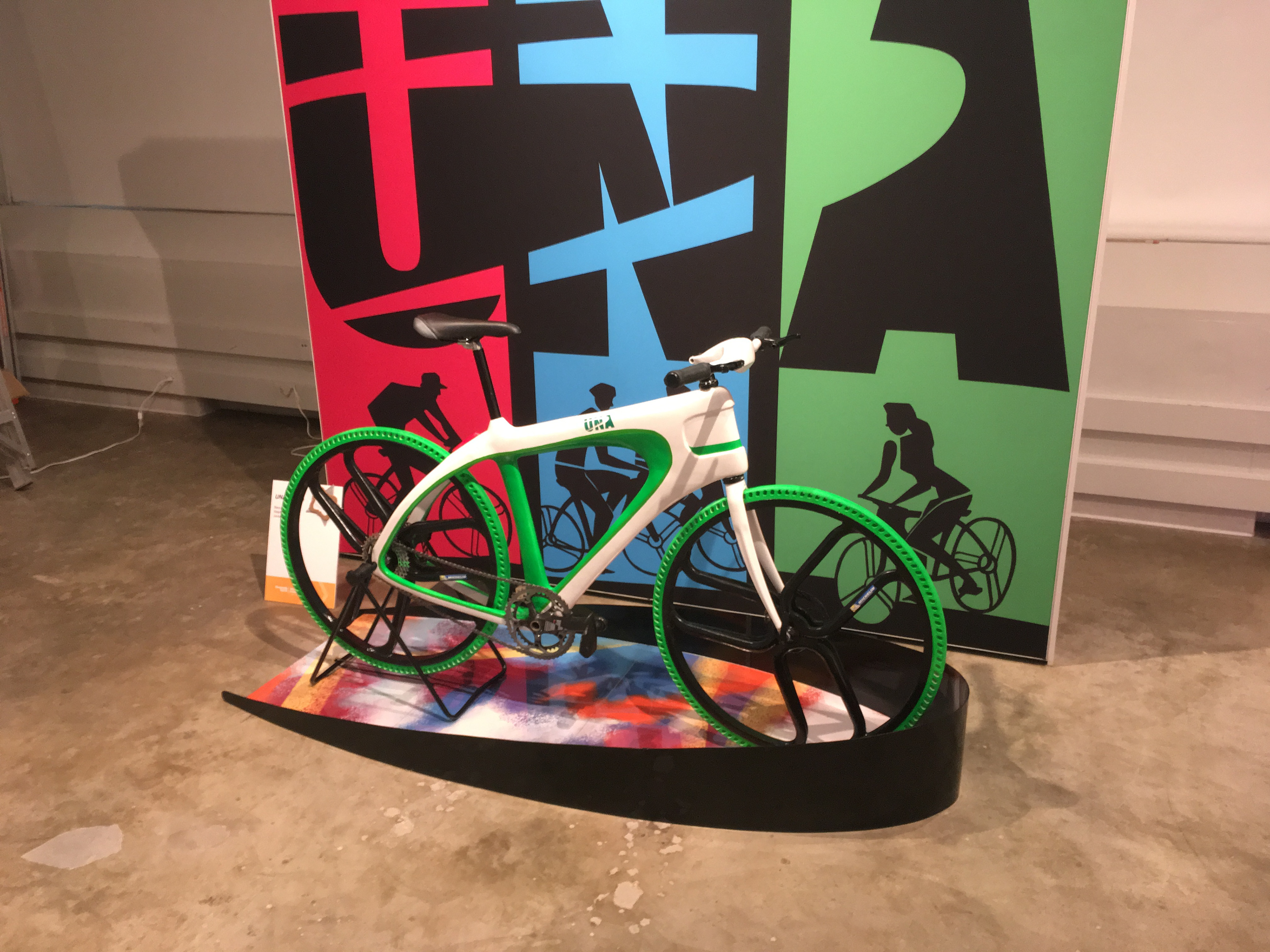Sponsor: Michelin
Project Partners: Rebecca Nicoara, Stephen Wang
UNA is a bicycle concept designed specifically to enhance the social aspects of cycling and commuting. The brief for this project was to create a new concept for a commuter bike, taking into account current trends in cycling culture, tech, and lifestyle. Partnered with Michelin, we were also tasked with examining the potential integration of Internet of Things technology as well as Michelin's airless tire technology.
Market Research
Research was conducted online reading magazines, journals, and articles about cycling, commuting and the tech industry. We also visited several bicycle stores in person and observed a vast variety of bicycles and components.




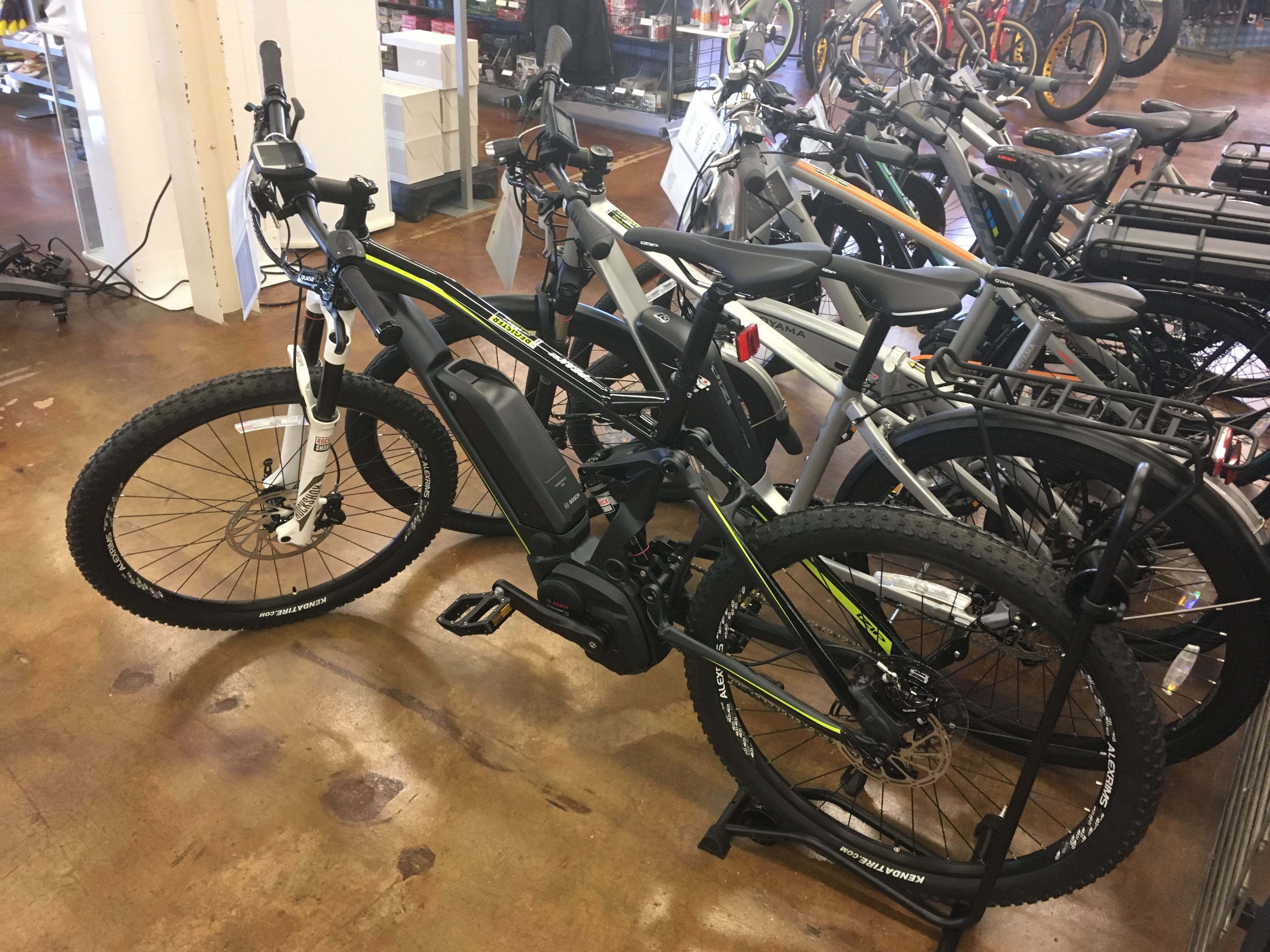

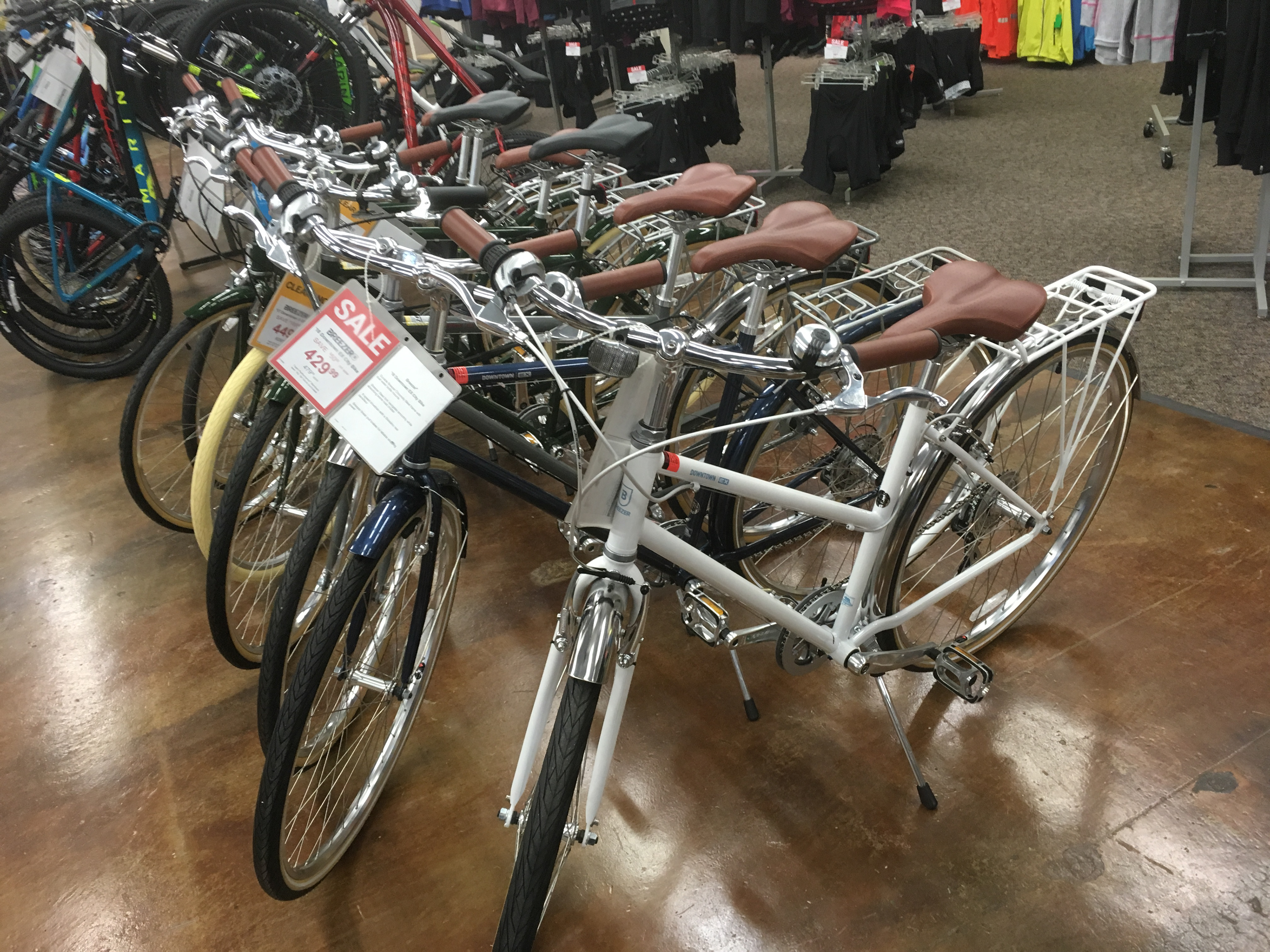
Observations & Ethnographic Research
We observed cyclists and different aspects of cycling culture at a variety of spots around the Atlanta area including the Beltline, Ponce City Market, Peachtree Street in midtown, and Starter Bikes (an organization on GA Tech campus that teaches students bicycle maintenance and repair while also fixing and selling bicycles to students at a discounted price). We also interviewed several people from student commuters to professional bicycle technicians to better understand cycling and commuting as well as the culture around it.
We conducted additional research by reading research articles and online blogs that focused on the benefits of social interaction and biking. We learned how direct and indirect social interaction during a commute can foster improved mental health, and increased motivation through competition. Riding together also creates a sense of safety in numbers by making the
group more visible and making the riders feel safer. Increased social experiences between groups creates a more appealing environment for everyone in the area, leading to improved area value. Despite these benefits and the popularity of social biking, most bikes are designed with no focus on socialization and many, such as commuters, can’t enjoy these benefits as a result.
group more visible and making the riders feel safer. Increased social experiences between groups creates a more appealing environment for everyone in the area, leading to improved area value. Despite these benefits and the popularity of social biking, most bikes are designed with no focus on socialization and many, such as commuters, can’t enjoy these benefits as a result.
Benefits of social biking
We used frameworks like Maslow’s hierarchy of needs to better understand what was important to our potential users and it became clear that a bike aimed at social commuting would be uniquely positioned to meet higher level needs such as fitness, community, and new experiences.
We also created a mind map to explore the concept of social interaction and highlight which facets of it we could target in our design process.
We also created a mind map to explore the concept of social interaction and highlight which facets of it we could target in our design process.
Identifying Users
Based on our research we created a user profile and voice of customer map that shows details about our potential buyer, as well as their wants, needs, and concerns.
Bike Design Mood Board
Core attributes: Friendly, Comfortable, Individual
Form Icon
Creating a form icon helped us refine the core attributes of our design language into signature visual elements that could be used later in the design of the actual bike frame.
Signature Elements: Approachable, Soft Edges, Bright Colors, Customizable
Ideation: Form and Features
Ideas for the frame design and features were focused on developing the elements from the form icon into an actual bike frame design and incorporating interfaces and potential features into the design. Developing concepts focused on different features aimed at facilitating social interaction and satisfying customer needs.
Features:
• Route matching with other riders
• Communicating via lights on the bike frame
• dedicated space on the bike for self-expression/customization
• Virtual communication via an app or other electronic interface
• Route matching with other riders
• Communicating via lights on the bike frame
• dedicated space on the bike for self-expression/customization
• Virtual communication via an app or other electronic interface

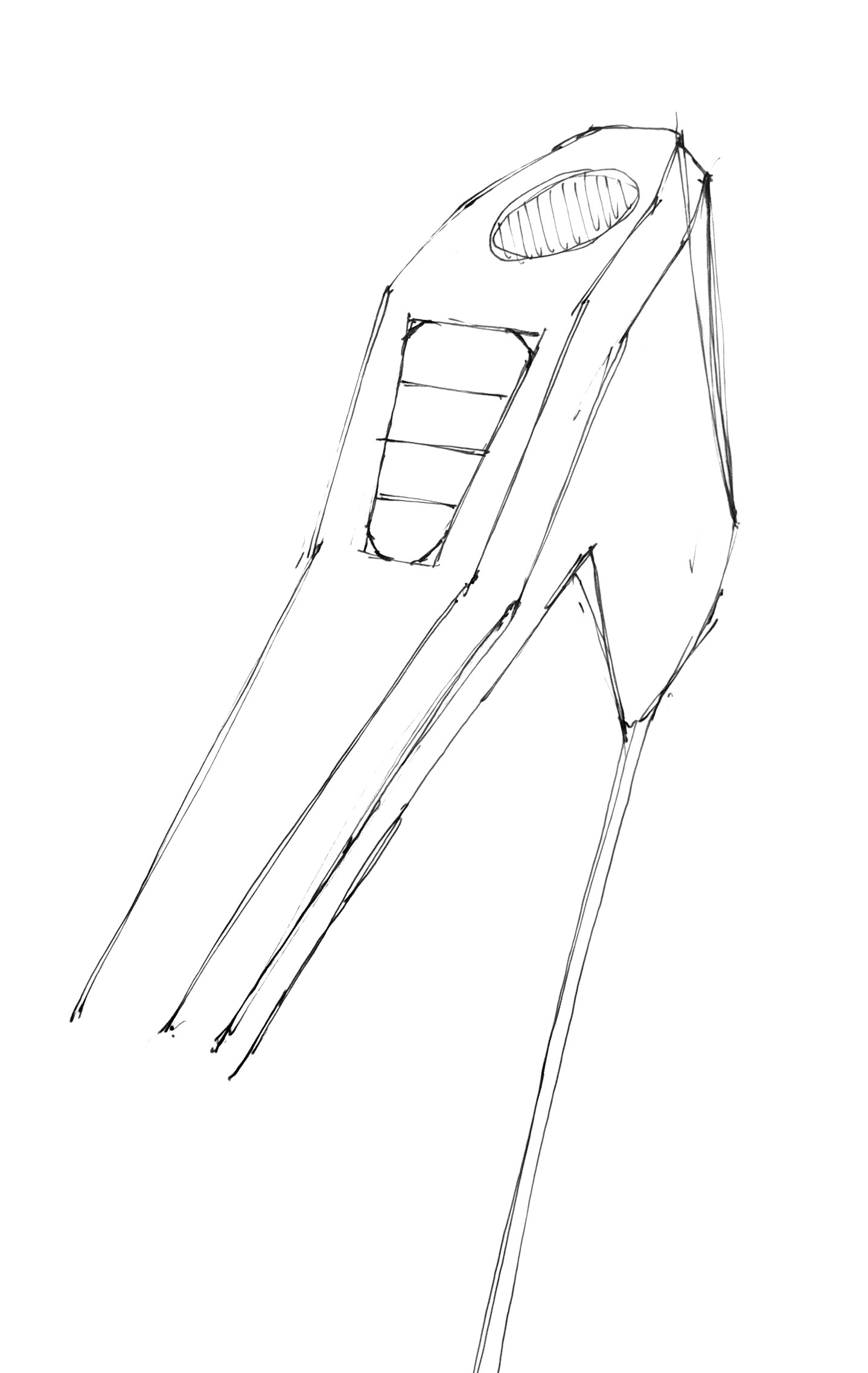


Final Concept
The final concept for the bike is called UNA, which in Latin is the act of being in ones’ company. A fitting name for a bike aimed at bringing people together. It incorporates the signature elements from the form icon into a functional bike frame that feels fun and approachable. This new design also accommodates a suite of features aimed at facilitating social interaction among riders on their commute.

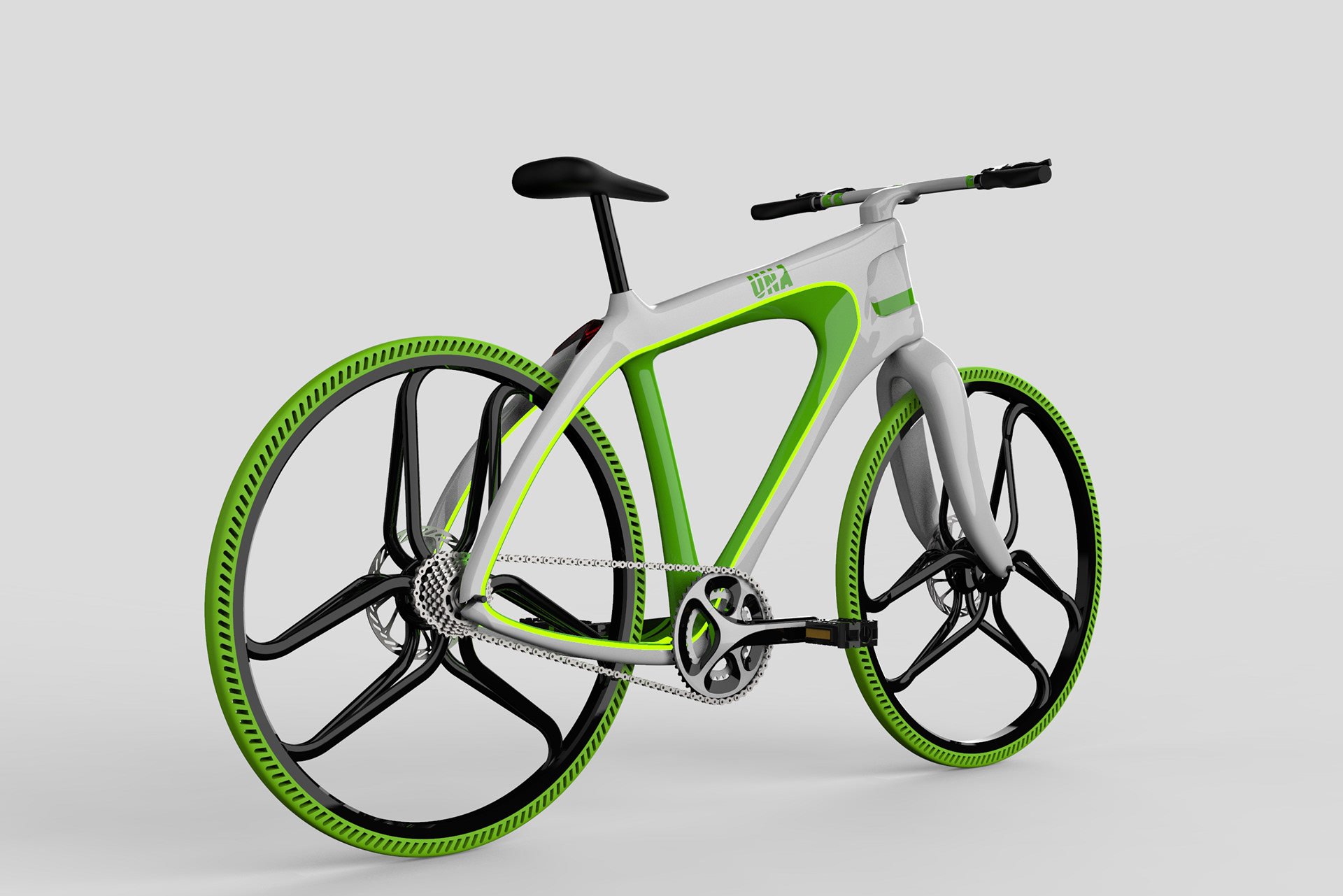
Social Interface
Situated on the handle bars, it lets riders mark points of interest or road hazards with a touch of a button. The data can then be uploaded to a network for other UNA bike riders to see. The interface also allows riders to time their runs and even call for assistance from nearby riders with the hazard button.




Storyboard by Stephen Wang
Airless Tires
Michelin’s airless tire technology offers a unique opportunity to eliminate tire maintenance, while also providing the ideal performance balance between a stiff bike for performance and some suspension give for comfort. This potential makes it ideal for a commuter bike.
Canvas for Self-Expression
This is a dedicated area on the front of the bike frame that serves as a starting point for UNA owners to customize their bikes. From the canvas they can branch out further, and potentially make their entire bike one of a kind.




Interactive Lighting
An LED strip runs around the brightly colored cove area of the bike frame and can be customized by the rider to be any color they want. The lights also interact with other UNA bikes in unique ways when riding together and increase rider visibility during the commute.


Storyboard by Stephen Wang
Value Proposition
Based on the Voice of Customer map shown earlier we created the full value proposition to show how our final design addresses the customers’ desires. Our design is able to effectively address most of the key issues and wants of the customer. The things that our design specifically tackles are bold in the VOC map.
UNA is a concept bike that combines many features aimed at bringing riders together and enhancing the cycling experience through social interaction. UNA uses the Internet of things and connected devices to bring the benefits of social riding to the commuter even when they are traveling alone and it does so in an approachable and comfortable form factor.


Physical Model
We created full-size model of our bike using as many real bicycle components as possible. The frame and wheels were made out of wood using a CNC router and the data from our CAD model. Other parts like the taillight and handlebars were 3D-printed or hand modeled out of wood or foam. Once painted and finished, The model was displayed at the 2018 Georgia Tech Launchpad event, where the UNA project won a silver Industry Choice Award.

